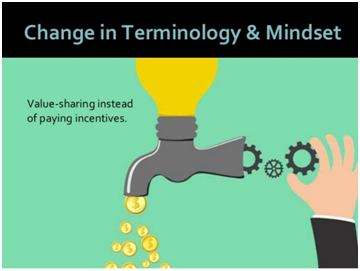

In Part 1, we talked about each of the five steps in the typical recruitment process. In Part 2, we’ll be talking about the selection step in the process.
It’s important to be successful in finding candidates who are “interview worthy”. However, unless an organization is really good at selecting the “best” candidate, the hiring process fails to achieve its mission:
- Provide the culturally compatible talent the organization needs to remain successful or to become successful.
From Trinity’s experience, an organization’s candidate interview & selection process too often has one or more of the following flaws:
1) Over-reliance on resumes
- A resume should be viewed as a candidate’s “marketing brochure”, & therefore should not be over-valued in the selection process.
- It’s an important source of education, experience, competencies, accomplishments, etc., but each of these needs to be deeply delved into during the interview process.
- It takes a really talented, very experienced interviewer to do so in a highly effective manner.
2) Too much weight on how well the candidate “performs” during the interview
- Approach the interview as the candidate’s “job audition”.
- There can often be a big difference in terms of how well a candidate interviews & how well she/he performs in the job.
3) Dependence on one opinion
- Interviewers vary in their skill at interviewing, and can have built-in, subconscious biases (either positive or negative ones).
- These may color their assessment of a candidate.
4) Absence of a formal tool to assess the candidate in terms of:
- Behavioral style, including compatibility with the position & the company
- Skills, competencies & attributes needed to be successful in the role
5) Lack on an appropriate method for an evaluation of candidate
This would include leading and purchase generic cialis try content open ended statements that could get the individual to be more trusting in what the hypnotherapist said.
- With this, not only can your evaluation method be improved, but this set of evaluations can be useful to defend a selection decision.
MANAGEMENT TIPS
Following the 5 tips below can make the difference between a great selection and one that you’ll come to regret:
1) Ensure those involved in the interview & selection process know/have been trained on:
- What to look for in a resume beyond what is written
- The do’s & don’ts of lawful, effective interviews
- How to really probe during the interview
2) Have candidates interviewed by more than one interviewer, including someone outside the hiring function (in addition to an HR representative)
3) Utilize one or more assessment tools in order to arm you with additional insights & information about the candidate
4) Have a standardized evaluation form that each interviewer completes for each candidate
5) Hold a selection discussion with all of the internal participants/stakeholders
- This does not have to be lengthy if done properly.
For more information about how trinity can help you IMPROVE YOUR RECRUITING AND HIRING:
- E mail Trinity at Info@TrintyHR.net
- Visit our website at www.TrinityHR.net
- Call us at 856.905.1762 or Toll Free at 1.877.228.6310
You have HR challenges…Trinity has solutions



 What is an Employee Handbook?
What is an Employee Handbook? In Part 1, we introduced the idea of thinking about incentive compensation in a different way.
In Part 1, we introduced the idea of thinking about incentive compensation in a different way.
 Hopefully, Parts 1 & 2 have caused you to consider the value of creating & maintaining ORGANIZATIONAL HEALTH within your company. So here in the 3rd & final part of this series, we’ll:
Hopefully, Parts 1 & 2 have caused you to consider the value of creating & maintaining ORGANIZATIONAL HEALTH within your company. So here in the 3rd & final part of this series, we’ll: